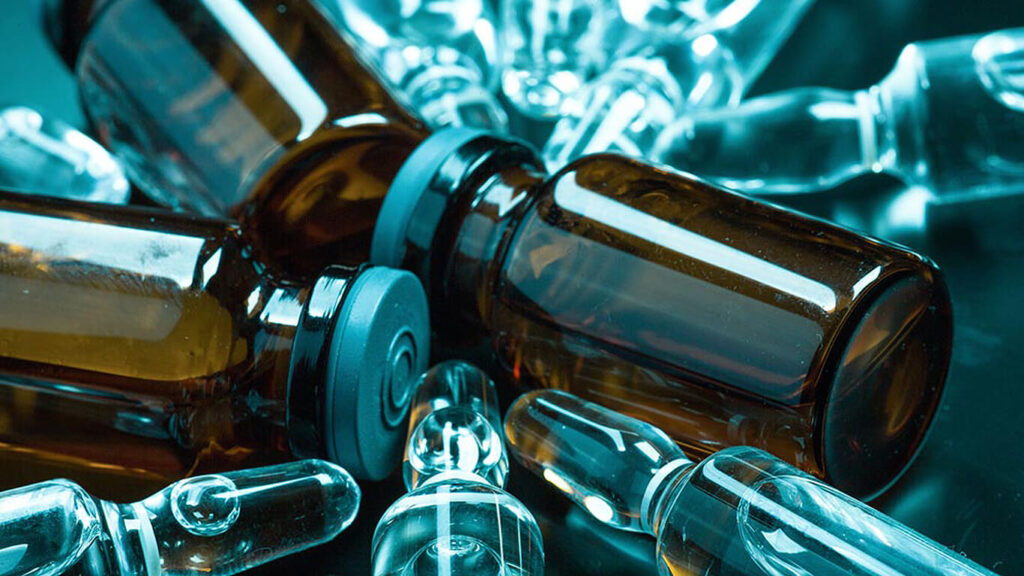Anabolic steroids have long been a topic of debate within the medical and athletic communities. Initially developed for medical purposes, these synthetic derivatives of testosterone have found widespread use among bodybuilders and athletes seeking to enhance muscle mass and performance. However, concerns about their safety have persisted over the years. This article explores whether anabolic steroids are safe today, examining their benefits, risks, and how to use them responsibly.
What Are Anabolic Steroids?
Anabolic steroids, also known as anabolic-androgenic steroids (AAS), are synthetic compounds that mimic the effects of the male hormone testosterone. They promote muscle growth (anabolic effects) and the development of male characteristics (androgenic effects). Anabolic steroids are used medically to treat conditions like delayed puberty, muscle wasting diseases, and hypogonadism. However, they are also commonly used for performance enhancement and bodybuilding.

The Benefits of Anabolic Steroids
Muscle Growth and Strength
Anabolic steroids are renowned for their ability to significantly increase muscle mass and strength. They enhance protein synthesis and nitrogen retention in muscle tissues, leading to accelerated muscle growth and improved recovery times. This makes them highly effective for bodybuilders and athletes aiming to maximize their physical potential.
Enhanced Athletic Performance
The performance-enhancing effects of anabolic steroids are well-documented. These substances increase red blood cell production, improving oxygen delivery to muscles and enhancing stamina. Athletes using steroids often experience increased endurance, reduced fatigue, and improved overall performance, allowing them to train harder and longer.
Medical Applications
In the medical field, anabolic steroids have legitimate uses. They are prescribed to treat a variety of conditions, including:
- Delayed Puberty: Steroids can help stimulate the development of secondary sexual characteristics in boys with delayed puberty.
- Muscle Wasting Diseases: Conditions like HIV/AIDS and certain cancers can cause severe muscle wasting. Anabolic steroids help maintain muscle mass in these patients.
- Hypogonadism: Steroids are used to treat low testosterone levels in men, alleviating symptoms such as fatigue, depression, and reduced libido.
The Risks and Side Effects of Anabolic Steroids
Despite their benefits, anabolic steroids come with a range of potential risks and side effects. It’s essential to be aware of these before considering their use.
Hormonal Imbalances
Anabolic steroids can disrupt the body’s natural hormone production. In men, this can lead to testicular atrophy, infertility, and gynecomastia (development of breast tissue). Women may experience masculinization effects, such as a deeper voice, increased body hair, and menstrual irregularities.
Cardiovascular Issues
Steroid use can negatively impact cardiovascular health. It can lead to an increase in bad cholesterol (LDL) levels and a decrease in good cholesterol (HDL) levels, raising the risk of heart disease, hypertension, and stroke. Additionally, prolonged steroid use can cause changes in heart structure and function.
Liver Damage
Oral anabolic steroids, in particular, can be hepatotoxic and cause liver damage. Prolonged use can lead to conditions such as liver tumors, jaundice, and peliosis hepatis, where blood-filled cysts form in the liver.
Psychological Effects
Anabolic steroids can have significant psychological effects. Users may experience mood swings, aggression, irritability, and even depression. Long-term use can exacerbate these issues and lead to severe mental health conditions.
Dependency and Addiction
Steroid use can be addictive, with users developing a dependency on these substances. Withdrawal symptoms can include fatigue, restlessness, and depression, making it challenging to stop using steroids.
Current Insights into the Safety of Anabolic Steroids
The safety of anabolic steroids largely depends on how they are used. Responsible use under medical supervision can mitigate many of the risks associated with these substances. However, non-medical use, especially at high doses and for extended periods, can significantly increase the likelihood of adverse effects.
Medical Supervision
Using anabolic steroids under the guidance of a healthcare professional can help ensure safe and effective use. Medical supervision allows for proper dosing, monitoring of health parameters, and timely intervention if side effects occur. It’s crucial to follow a healthcare provider’s recommendations and avoid self-prescribing or using black-market steroids.
Proper Dosage and Cycling
Adhering to recommended dosages and cycle lengths is essential to minimize the risk of side effects. Using steroids in moderation and allowing the body time to recover between cycles can help reduce the likelihood of adverse effects. Post-cycle therapy (PCT) is also important for restoring natural hormone production after a steroid cycle.
Monitoring Health
Regular health monitoring is vital when using anabolic steroids. This includes routine blood tests to check liver function, cholesterol levels, and hormone levels. Regular check-ups with a healthcare provider can help detect any potential issues early and allow for timely intervention.
Educating Users
Educating users about the risks and proper use of anabolic steroids is crucial. Providing accurate information about the potential side effects and the importance of medical supervision can help users make informed decisions and reduce the likelihood of misuse.
Conclusion
Anabolic steroids can offer significant benefits in terms of muscle growth, athletic performance, and medical treatment. However, their safety depends on responsible use and medical supervision. While steroids are not inherently unsafe, misuse and abuse can lead to serious health risks. Understanding these risks and using steroids responsibly is essential for minimizing harm and achieving the desired outcomes.